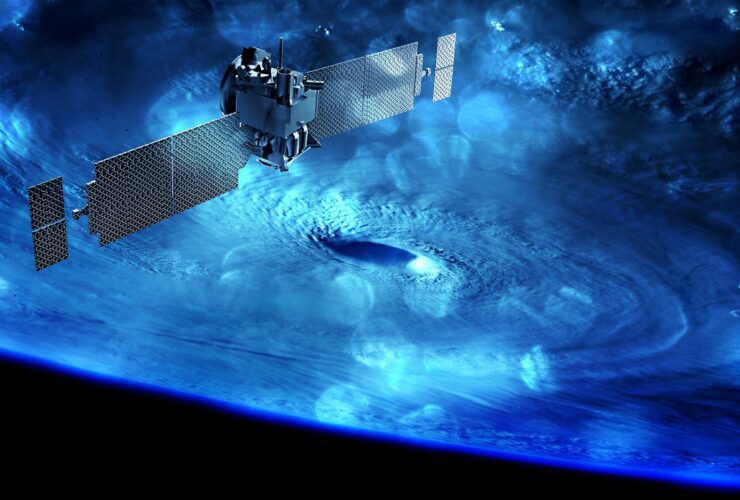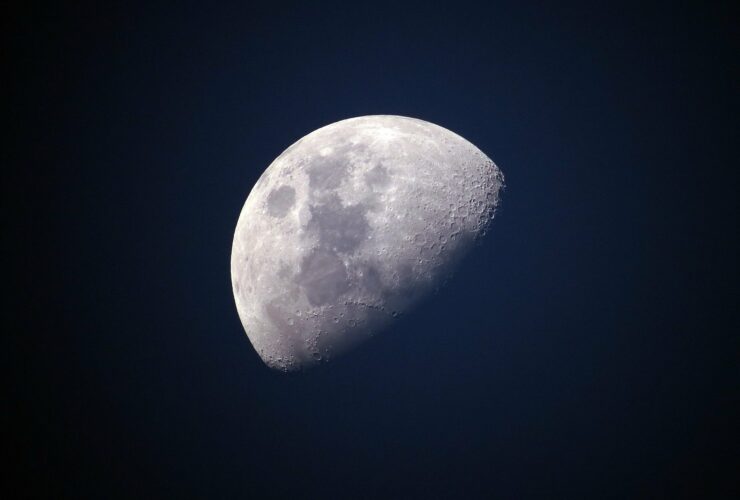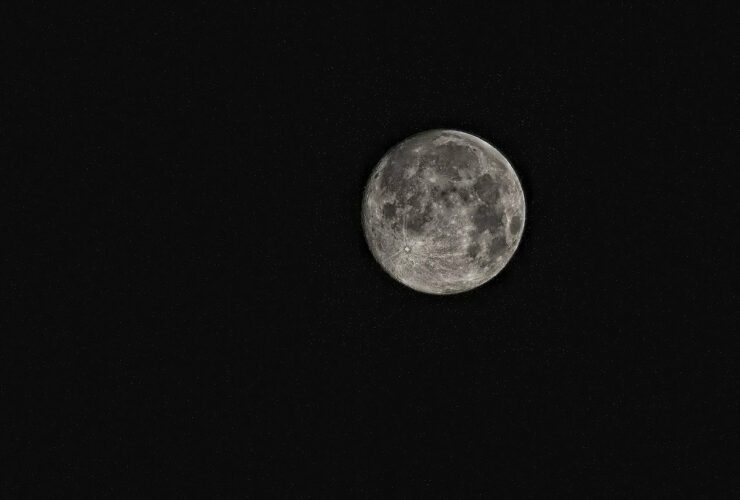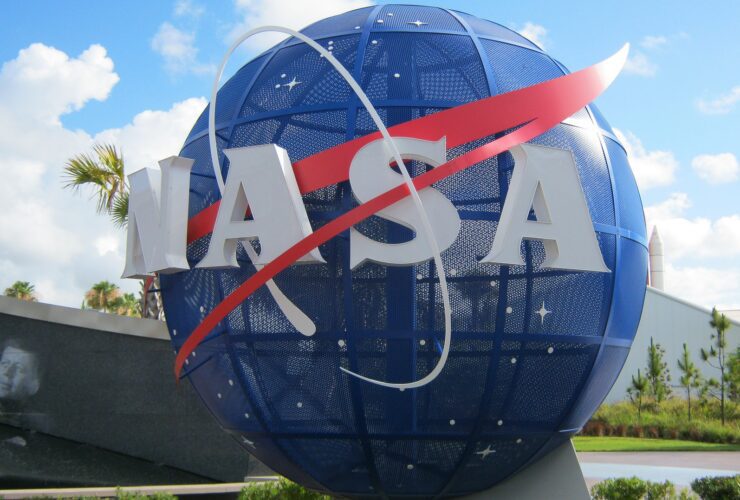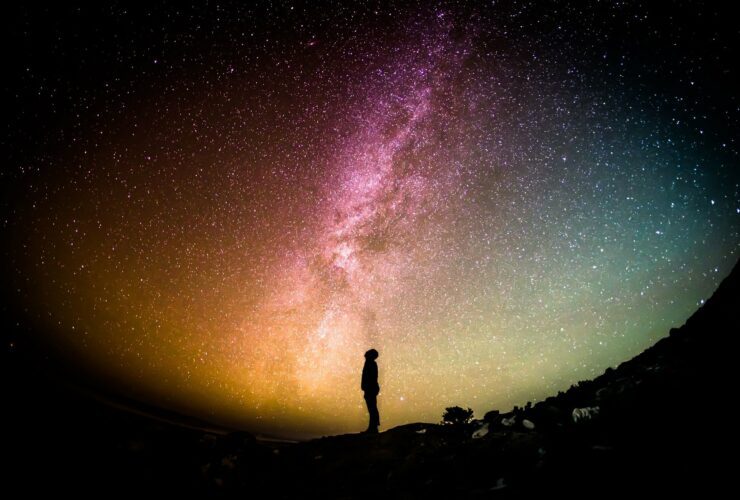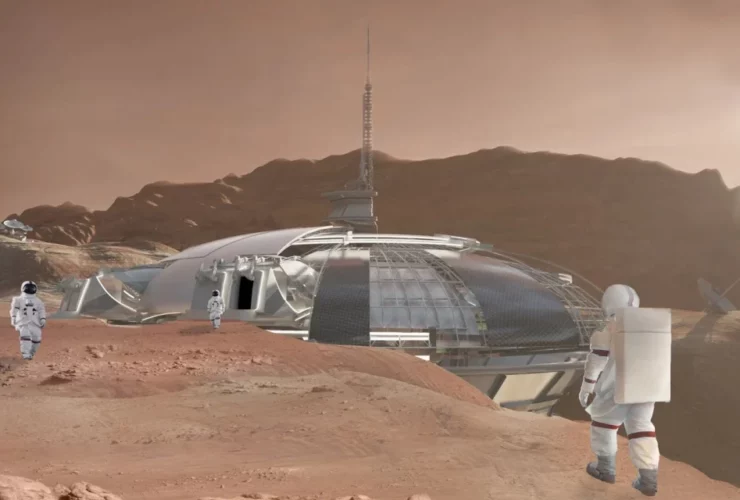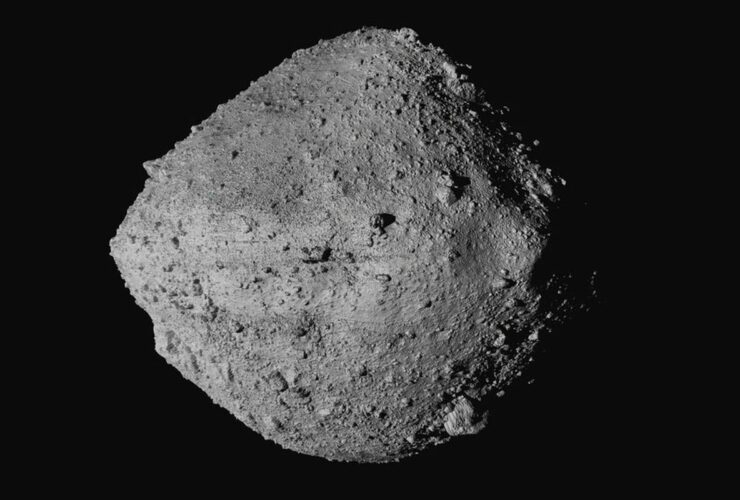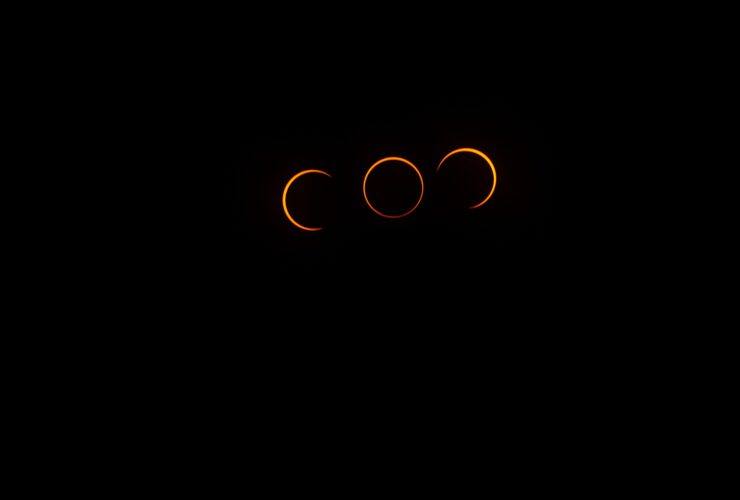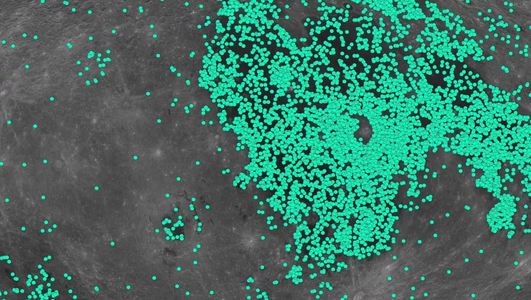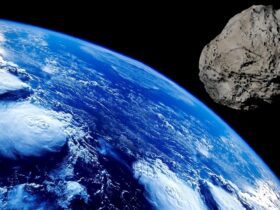Since the dawn of time, humans wanted to travel among the stars and the depths of the heavens. While technology allowed the human race to explore a very tiny part of space, astronomers might need to apply a different recipe. ...
An asteroid impact 4.3 billion years ago caused havoc in the moon’s mantle, explaining why one side of the moon has more craters than the other. A recent study supports this theory. Per the International Astronomical Union, the moon has ...
There is a stark contrast between the Moon’s aspect that we see from Earth and the one it conceals from us. The lunar mare, the pitch-black leftovers of previous lava streams, dominates the nearside. Large-scale mare characteristics are absent on ...
A space internet project in its early stages has recently secured $650,000 in initial money to work on research and technical evaluations in order to link the Earth, the moon, and possibly Mars with high-speed internet access. In a press ...
If you think that going to the Moon is like a walk in the park, please keep in mind that no astronaut has been there since 1972. It’s obvious that space agencies always need some fancy new toys to maneuver ...
The Northern black swift is thought to have a link to the moon, according to researchers. Scientists determined that when this small bird makes its way from the Rocky Mountains to the Amazon jungle, it relies on moonlight to recharge ...
The Moon is a pretty peculiar space object. Not only that it gives us the creeps sometimes when it shows on the night sky in its full phase, or it can regulate the Earth’s wobble on its own axis, the ...
Judging by how long time has passed by since humanity landed on the Moon the first time, you might be tempted to believe that there’s nothing more to learn about our natural satellite. But astronomy is one of those fields ...
The Moon is an astronomical body that orbits planet Earth, being Earth’s only permanent natural satellite. It is the fifth-largest natural satellite in the Solar System, and the largest among planetary satellites relative to the size of the planet that ...
According to experts, a discarded piece of a rocket might have landed onto the Moon’s distant side by now, since the impact was expected around 12:25 GMT. The 3 tonnes rocket component had been traced for a couple of years, but ...
The galaxies, stars, planets, and not to mention natural satellites, none of them always existed. Gravity is one of the main factors that led to their formation, but some other factors could have also occurred. Our Moon is no exception. ...
Antares is one of the brightest stars in the sky (roughly the fifteenth). It’s thousands of times bigger than the Sun, but don’t worry, it won’t engulf us as far as astronomers know. The red giant star is located 554 ...
Establishing a new human colony on another planet provides a chance to experiment with novel concepts. More significantly, it’s a chance to learn from humanity’s previous blunders in habitat construction. Even though we have yet to dominate the moon or ...
Bennu is a 500-meter-wide asteroid that circles our solar on a path that takes it dangerously near to Earth on a regular basis. According to Icarus, NASA scientists utilized new data and complicated computer models to estimate the exact course ...
It’s a true fact that both plants and animals are linked to the gravitational tides that are created by the sun-Earth-moon system. Cristiano de Mello Gallep at the University of Campinas stated that: “All matter on Earth, both live and ...
What is a moon eclipse that is “nearly total”? When the Sun, Earth, and Moon align, the Moon slips into Earth’s shadow, creating a lunar eclipse. During a complete moon eclipse, the entire Moon is engulfed by the umbra, the darkest component ...
Habitable planets surely are there, somewhere, waiting for us. Our common sense tells us that Earth cannot be the only one in such a vast amount of space. But until astronomers ever find those fully habitable planets, learning more about ...
A recent study conducted by NASA scientists implies that the “roughness” of the Moon’s surface and the shadows that fill it may be where solid water is hiding. Though the Moon looks a lot like a dried-up husk, there are ...
Astronomers have always wondered why water is so rare in the rest of the solar system when it’s present pretty much everywhere on Earth. According to a relatively new perspective of those from NASA, extraterrestrial water might be closer to ...
Telescopes mounted on the surface of the Earth, or those that orbit around our planet don’t represent anything new, but as always, NASA wants to defy all odds. Telescopes mounted on the Moon may have been something you see only ...
There are now over 100,000 craters on Moon, and scientists are intrigued. The discovery was made in the low- and mid-latitude areas of the Moon. Scientists used AI that was given data gathered by Chinese lunar orbiters. Here is what ...

